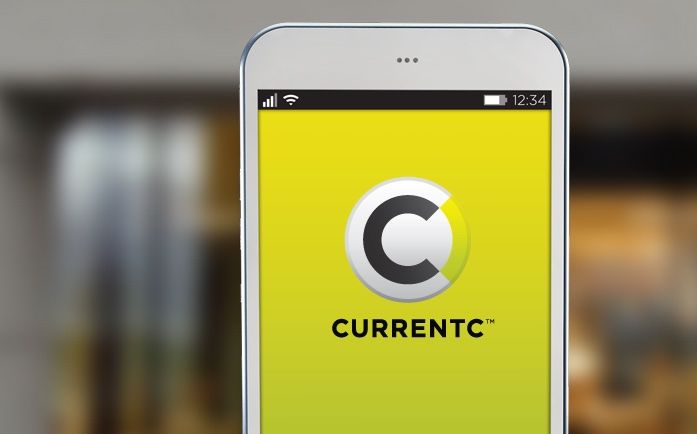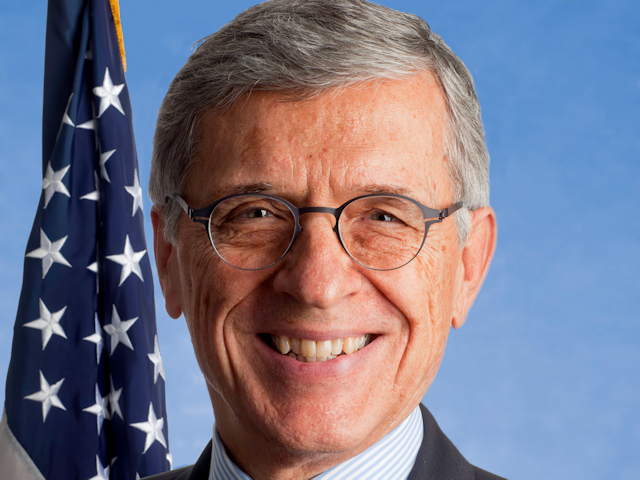The United Nations is an omnibus framework, whose size is essential to its mission of international cooperation, but inhibitive to smaller scale humanitarian activities. It is for this reason that I believe that Social Enterprise, ARC, and similar initiatives are important, even if the UN was fully funded.
UNICEF, and the UN’s humanitarian programs focus on alleviating poverty by increasing access to basic needs, essential medicine, and improving infrastructure.The issue–not all that dissimilar to disruptive innovators versus entrenched entities–is that an established bureaucracy limits experimentation, and cannot act efficiently on a smaller scale.
Thus, Social Enterprise can focus its efforts on campaigns and activities that improve quality of life for a specific demographic or population. These actions should involve ongoing contact with the people being helped, giving them the opportunity to create their own success. For instance, the UN is unlikely to create and market a brand that employs the impoverished in developing nations, but there are numerous examples of Social Enterprises that do this. Furthermore this type of action is a sustainable loop, where the proceeds of sales can be reinvested into employees and communities, while the humanitarian actions by the UN do not directly recoup the money invested.
I think that in this way the organizations can coexist and improve outcomes, but through clearly defined missions with distinct objectives and operations.









